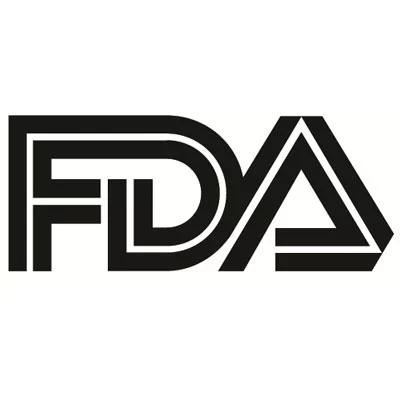FDA Approves Sulbactam-Durlobactam for Bacterial Pneumonia
The antibiotic, marketed as Xacduro, is indicated for hospital-acquired bacterial pneumonia (HABP) and ventilator-associated bacterial pneumonia (VABP) caused by susceptible strains of bacteria called Acinetobacter baumannii.

The FDA has approved Innoviva’s antibiotic, sulbactam-durlobactam (Xacduro), for treatment of hospital-acquired bacterial pneumonia (HABP) and ventilator-associated bacterial pneumonia (VABP) caused by Acinetobacter baumannii for patients 18 years of age and older.
The antibiotic is an intravenous drug that is a combination of sulbactam, a beta-lactam antibacterial, and durlobactam, a beta-lactamase inhibitor.
“The FDA is dedicated to supporting the development of safe and effective treatment options for infections caused by difficult-to-treat bacteria like Acinetobacter baumannii-calcoaceticus complex,” said Peter Kim, MD, MS, director of the Division of Anti-Infectives in the FDA’s Center for Drug Evaluation and Research. “Today’s approval helps address a high unmet medical need by providing an additional treatment option for some of the sickest patients in our nation’s hospitals.”
Back in April, the FDA’s Antimicrobial Drugs Advisory Committee (AMDAC) voted 12-0 in favor of recommending this antibiotic.
Study Results
Data from the pivotal phase 3 ATTACK trial were recently published in The Lancet Infectious Diseases. Sulbactam-durlobactam demonstrated statistical non-inferiority versus colistin for the primary end point of 28-day all-cause mortality in patients with carbapenem-resistant Acinetobacter baumannii and demonstrated a significant difference in clinical cure rates.
For the study, 181 patients were randomly assigned to either sulbactam–durlobactam or colistin. There were 176 hospital-acquired bacterial pneumonia, ventilator-associated bacterial pneumonia, or ventilated pneumonia cases and 5 bloodstream infections.
Of these, 125 of the participants was confirmed with laboratory-confirmed carbapenem-resistant ABC isolates were included in the primary efficacy analysis. 28-day all-cause mortality was 12 (19%) of 63 in the sulbactam–durlobactam group and 20 (32%) of 62 in the colistin group, a difference of –13·2% (95% CI –30·0 to 3·5), which met criteria for non-inferiority.
“The safety and efficacy demonstrated during the phase 3 ATTACK trial by sulbactam-durlobactam, which was designed specifically for treating serious infections caused by Acinetobacter, are very promising, and provide hope that we’ll have a novel, desperately needed, effective treatment option against this lethal pathogen,” said Keith Kaye, MD, MPH, chief, Division of Allergy, Immunology and Infectious Diseases at Rutgers Robert Wood Johnson Medical School.
Contagion did an interview with Kaye to get his insights and perspective on the antibiotic. Interested viewers can watch it here.
Sulbactam-durlobactam also exhibited a favorable safety profile with a statistically significant lower incidence of nephrotoxicity as measured by modified Risk–Injury–Failure–Loss and End-stage kidney disease (RIFLE) criteria. "Incidence of nephrotoxicity was significantly (P <.001) lower with sulbactam–durlobactam than colistin (12 [13%] of 91 vs 32 [38%] of 85),” the investigators wrote.
“Serious adverse events were reported in 36 (40%) of 91 patients in the sulbactam–durlobactam group and 42 (49%) of 86 patients in the colistin group. Treatment-related adverse events leading to study drug discontinuation were reported in ten (11%) of 91 patients in the sulbactam–durlobactam group and 14 (16%) of 86 patients in the colistin group.”
